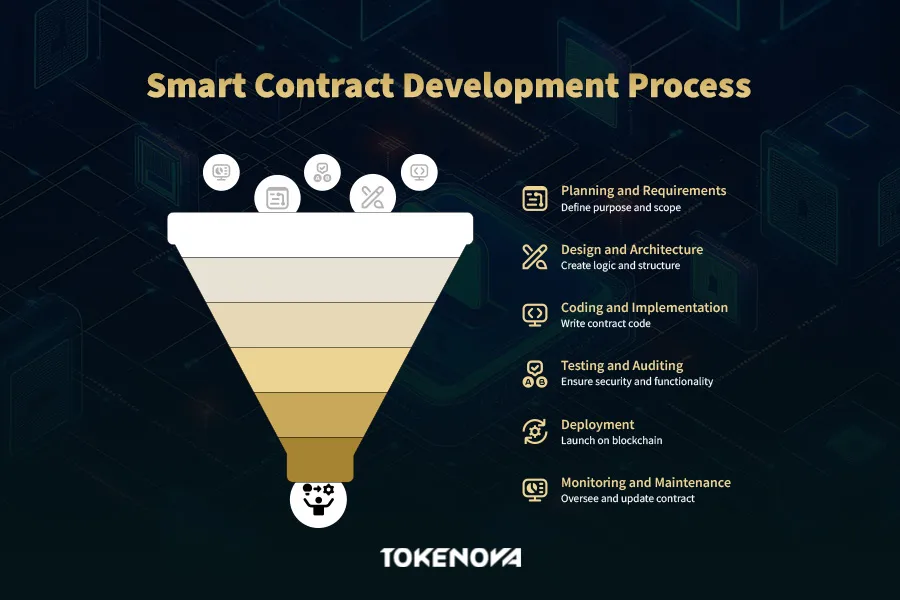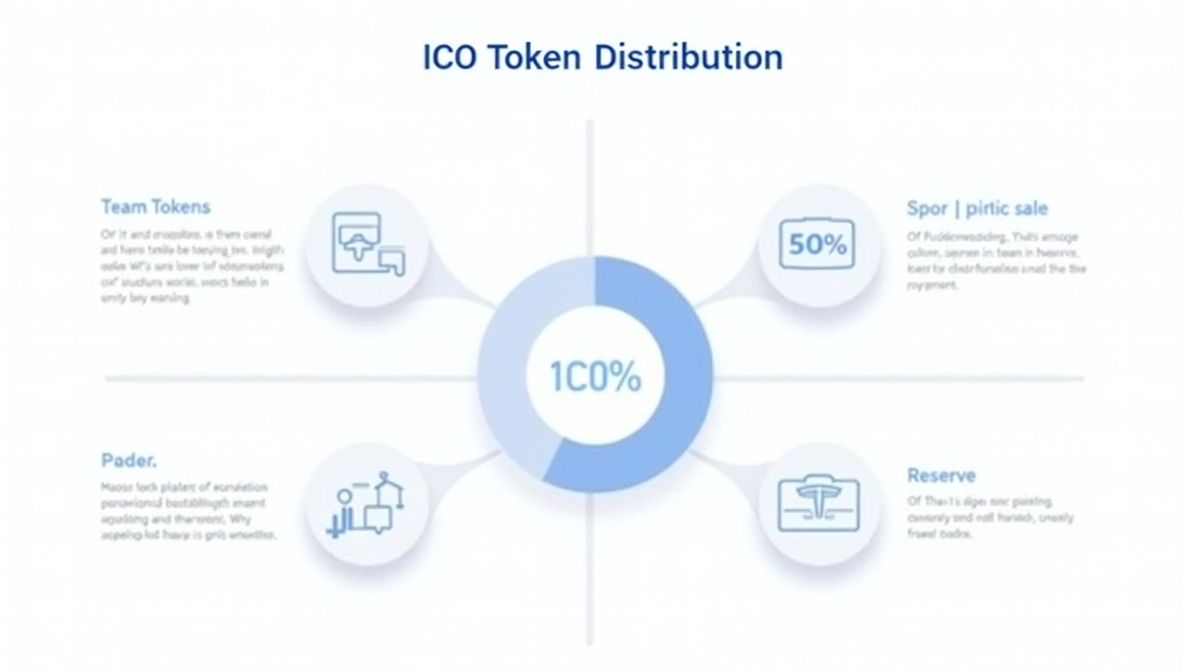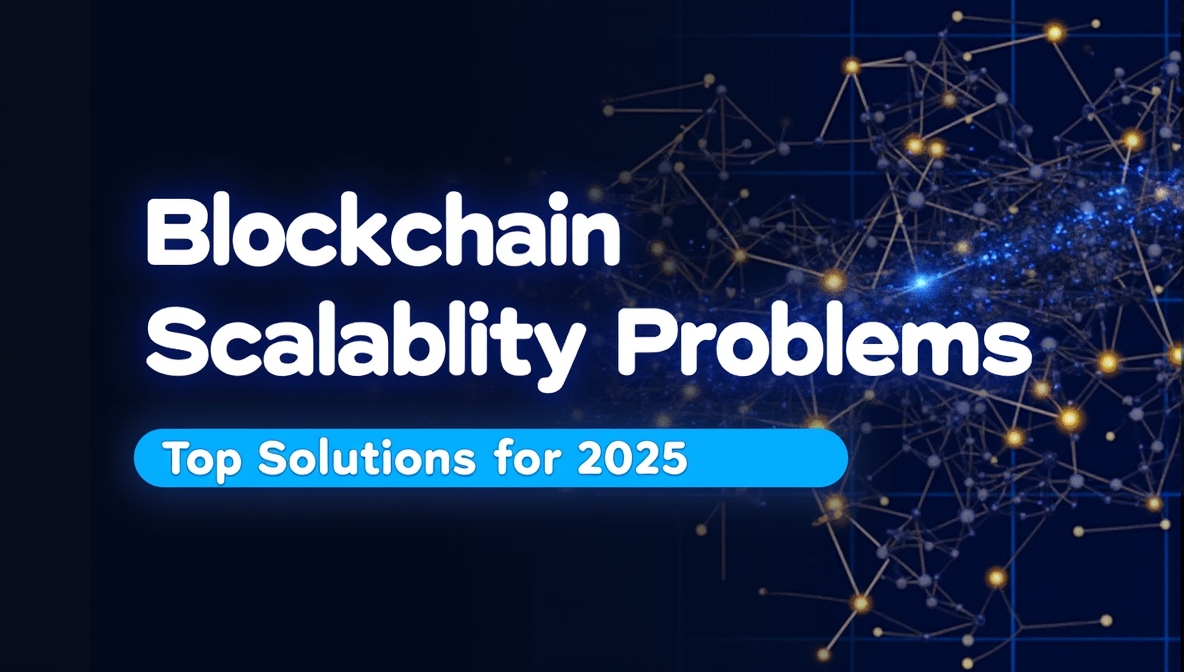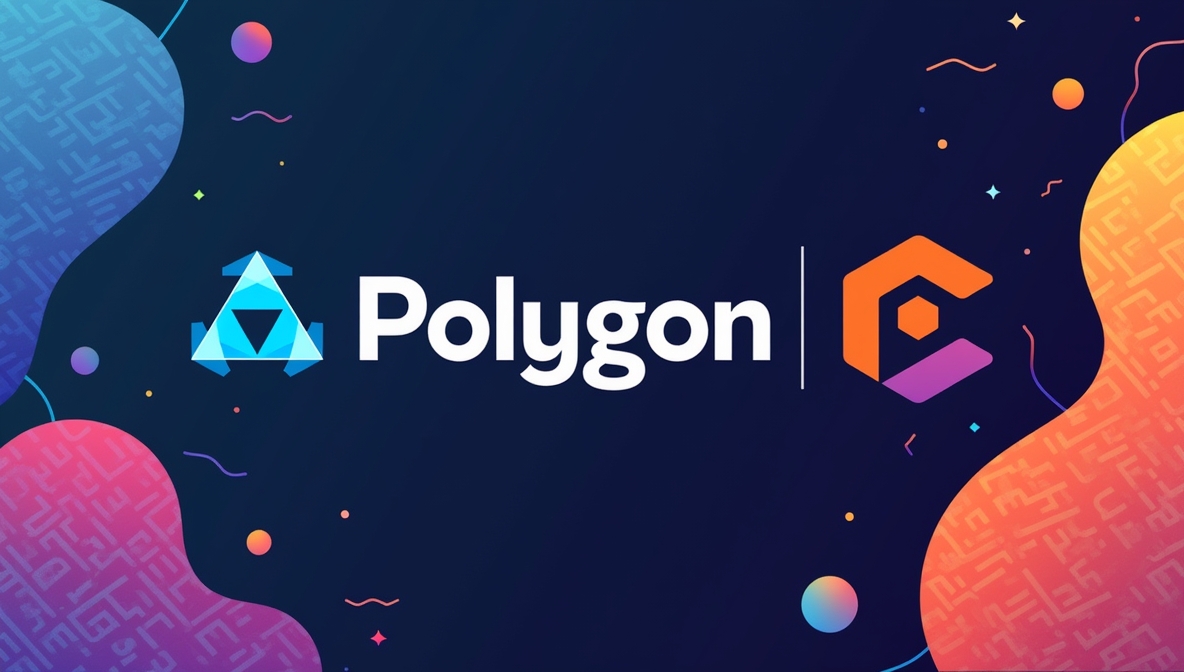In today’s rapidly evolving digital landscape, the concept of “smart contracts” is generating significant buzz. From tech enthusiasts and aspiring developers to business professionals and curious students, there’s a growing interest in understanding what is smart contract development and how these innovative tools are poised to reshape industries and redefine the very nature of agreements.
Directly answering what is smart contract: a smart contract is a self-executing digital agreement where the terms are embedded in code. Leveraging blockchain technology, it automatically enforces the conditions of the contract without the need for intermediaries, ensuring transparency, security, and efficiency. This clear mechanism addresses how smart contracts work, streamlining processes, reducing costs, and building trust in a digital world.
In this article, we will guide you through the dynamic world of smart contracts and shed light on both the smart contract development challenges and opportunities. Whether you’re just curious or ready to dive into building the future, you’ll gain a solid understanding of this transformative technology.
What Were Smart Contracts Again?
Let’s start with the basics. What exactly is a smart contract, and how does it function behind the scenes?
What Are Smart Contracts?
At its core, a smart contract is a self-executing agreement written in code. Think of it as a digital vending machine. You put in specific inputs (like cryptocurrency and a selection), and if the pre-defined conditions are met, the machine automatically dispenses the output (your chosen product). This analogy encapsulates how does a smart contract work—by automating the execution of contract terms when all conditions are fulfilled.
Key Features of Smart Contracts
Smart contracts are built upon three key pillars:
- Automation: Once deployed, smart contracts execute automatically without the need for intermediaries. This removes the delays and potential biases associated with manual processes.
- Transparency: Smart contracts are typically deployed on a blockchain, a public and distributed ledger. This means the contract code and transaction history are visible to all participants on the network, fostering trust and accountability.
- Immutability: Once a smart contract is deployed on the blockchain, it becomes incredibly difficult, if not impossible, to alter. This immutability ensures that the agreed-upon terms remain consistent and cannot be tampered with, providing a high degree of security and reliability.
How Does a Smart Contract Work? Step-By-Step Explanation
Let’s break down the process of how a smart contract works:
- Agreement and Coding: Parties agree on the terms of a contract. These terms are then translated into code (often using languages like Solidity or Vyper) to create the smart contract. This code defines the conditions, actions, and outcomes of the agreement.
- Deployment to Blockchain: The smart contract code is deployed onto a blockchain network. This network acts as a decentralized and secure platform for the contract to reside and operate.
- Triggering Events and Conditions: The smart contract waits for specific “triggering events” to occur. These events can be anything from a payment being received to data from an external source (like a price feed) reaching a certain threshold. The contract code contains “if-then” statements that define these conditions.
- Execution on the Blockchain: When a triggering event occurs and the pre-defined conditions are met, the smart contract automatically executes the corresponding actions as defined in its code. This execution is verified and recorded by the nodes on the blockchain network, ensuring consensus and security.
- Automated Actions and Outcomes: The automated actions can range from transferring digital assets (like cryptocurrency) to updating records on the blockchain or even triggering actions in other systems through oracles (we’ll touch on oracles later). The outcomes are pre-programmed and guaranteed to occur if the conditions are met.
Smart Contracts vs. Traditional Contracts: Key Differences
To fully appreciate the differences between traditional contracts and smart contracts, let’s review the table below.
| Feature | Traditional Contracts | Smart Contracts |
| Execution | Relies on human interpretation and enforcement | Automated execution based on code |
| Transparency | Often private and opaque | Transparent and auditable on blockchain |
| Enforcement | Legal system, courts | Code and blockchain consensus |
| Intermediaries | Lawyers, banks, etc. | Reduced or eliminated |
| Speed | Can be slow and complex | Faster and more efficient |
| Cost | Can be expensive | Potentially lower costs |
What is Smart Contract Development
Understanding what is smart contract development goes beyond just writing code. It involves the entire lifecycle, from drafting the initial concept to final deployment and maintenance on a blockchain. Creating these automated agreements requires a specialized skill set. Let’s take a brief look to know what is smart contract development.
The Smart Contract Development Lifecycle
Developing a smart contract typically involves these key stages:
- Planning and Requirements Gathering: Defining the purpose, scope, and specific functionalities of the smart contract.
- Design and Architecture: Designing the contract logic, data structures, and interactions with other systems.
- Coding and Implementation: Writing the smart contract code using languages like Solidity or Vyper.
- Testing and Auditing: Rigorously testing the contract for vulnerabilities and bugs, and often undergoing security audits by external experts.
- Deployment: Deploying the compiled smart contract code to a chosen blockchain network.
- Monitoring and Maintenance: Ongoing monitoring of the contract’s performance and addressing any necessary updates or bug fixes (though immutability limits direct changes after deployment, often requiring upgrade patterns).

Essential Tools and Technologies for Development
Embarking on what is smart contract development involves familiarizing yourself with a suite of essential tools and technologies that streamline the process and ensure your contracts are secure, efficient, and maintainable.
Programming Languages
Solidity: The most popular language for Ethereum and many other blockchain platforms, Solidity is central to understanding what is smart contract as it allows developers to encode agreements directly into the blockchain.
Vyper: Known for its focus on security and simplicity, Vyper is another language for Ethereum that emphasizes clarity and minimizes risks.
Emerging Languages: As blockchain ecosystems evolve, new languages are emerging, each contributing unique strengths to the realm of smart contract development.
Development Environments and Frameworks
Hardhat & Truffle: These frameworks provide robust tools for compiling, testing, and deploying smart contracts. They are indispensable for ensuring that your contracts execute as expected and for answering how does a smart contract work during the development process.
Remix IDE: A browser-based Integrated Development Environment (IDE) ideal for quick prototyping and learning Solidity. Its interactive features help demystify what is smart contract by allowing immediate testing and iteration.
Testing and Deployment Platforms
Local Blockchain Emulators (e.g., Ganache): These tools allow for testing in a controlled environment, giving developers a safe space to refine their code before going live.
Public Test Networks: Networks like Goerli or Sepolia (for Ethereum) simulate a public blockchain environment, providing a realistic testing ground that bridges the gap between development and production.
Mainnet Networks: Once your contract has been thoroughly tested, deploying on mainnet blockchain networks makes your smart contract available in a live, production-ready environment.
Key Considerations in Smart Contract Design
Successful smart contract development goes beyond just writing code. Crucial considerations include:
Security: Smart contracts handle valuable assets, making security paramount. Developers must be vigilant about potential vulnerabilities and follow secure coding practices.
Gas Efficiency: On blockchains like Ethereum, executing smart contracts costs “gas.” Optimizing code for gas efficiency is crucial to minimize transaction costs.
Clarity and Readability: Well-structured and readable code is essential for auditing, maintenance, and collaboration.
Error Handling: Robust error handling mechanisms are necessary to gracefully manage unexpected situations and prevent contract failures.
By mastering these technologies and principles, developers can better navigate both the smart contract development challenges and opportunities, paving the way for a secure, efficient, and innovative blockchain future.
Challenges in Smart Contract Development

Despite the immense potential, smart contract development is not without its hurdles.
Security Vulnerabilities and Risks
Perhaps the most significant challenge in smart contract development is security. Smart contracts are immutable—once deployed, any vulnerabilities become nearly impossible to fix. History is littered with examples of costly exploits that illustrate a smart contract’s inherent risks:
The DAO Hack (2016): A flaw in the DAO smart contract code led to the theft of millions of dollars worth of Ether.
Parity Wallet Hack (2017): Multiple vulnerabilities in the Parity Wallet smart contracts resulted in millions of dollars being locked or potentially lost.
Recent Ethereum Hack (2025): In February 2025, North Korean-linked hackers from the Lazarus Group exploited a vulnerability at the Dubai-based exchange Bybit. They manipulated a routine transfer from a cold wallet, resulting in the theft of approximately $1.5 billion worth of Ethereum. This incident underscores the persistent risks in blockchain security and highlights the importance of rigorous testing, continuous monitoring, and secure coding practices.
These examples highlight the critical need for robust security measures in smart contract development, as even state-of-the-art systems can be vulnerable to sophisticated attacks.
Scalability Limitations of Blockchains
Many blockchains, especially earlier generations, face scalability challenges. Limited transaction throughput and increased costs when smart contracts execute frequently can hinder widespread adoption for high-volume applications. However, these issues also reveal smart contract development challenges and opportunities, as emerging blockchain solutions continuously strive to improve scalability and efficiency.
Complexity of Smart Contract Logic and Auditing
Developing complex smart contract logic can be intricate and error-prone. Auditing smart contract code requires specialized expertise to identify subtle vulnerabilities, adding to the development cost and timeline.
Popular Testing Tools
MythX: A security analysis tool for Ethereum smart contracts that detects vulnerabilities such as reentrancy and integer overflows, among others.
Slither: A static analysis framework that identifies vulnerabilities and provides detailed reports on contract code.
Truffle and Hardhat: Development frameworks that include built-in testing environments for writing and running unit tests.
Formal Verification
Formal verification involves mathematically proving the correctness of smart contract code. Tools like K Framework and CertiK use formal methods to ensure that contracts behave as intended under all possible conditions. This approach is particularly beneficial for high-value contracts where security is critical.
Bug Bounty Programs
Bug bounty programs incentivize external security researchers to identify and report vulnerabilities in smart contracts. Platforms like Immunefi and HackerOne connect developers with ethical hackers, providing an extra layer of security. For instance, the Compound Protocol has successfully utilized bug bounties to identify and fix critical vulnerabilities.
Regulatory Uncertainty and Legal Frameworks
The legal and regulatory landscape surrounding smart contracts is still evolving. Questions about legal enforceability, jurisdiction, and liability are being actively debated and addressed by legal scholars and regulators worldwide. This uncertainty can create hesitancy for businesses considering adopting smart contracts for critical operations.
The “Oracle Problem” and Real-World Data Integration
Smart contracts operate in an isolated environment and require “oracles”—trusted third-party services—to bring in real-world data such as prices, weather information, or event outcomes. Ensuring the reliability and security of these oracles is a significant challenge, commonly known as the “oracle problem.” Addressing this issue is essential to fully understand what is smart contract and how does a smart contract work when integrating external data.
Decentralized Oracles
Decentralized oracles, like Chainlink, enhance the security and reliability of real-world data integration into smart contracts by aggregating data from multiple sources, unlike centralized oracles that are prone to manipulation and failures.
Oracle-Related Vulnerabilities
A key risk with oracles is data manipulation. In decentralized finance (DeFi), attackers can exploit price feed vulnerabilities, as seen in the 2020 bZx hack, where they manipulated prices to drain funds from the platform, causing losses to other users.
Best Practices for Integrating Oracles Securely
- Use Decentralized Oracles: Utilize decentralized Oracle networks like Chainlink to reduce the risk of single points of failure.
- Data Verification: Implement systems to verify the accuracy of data received from Oracles by cross-referencing multiple sources.
- Time Delays: Introduce time delays for critical actions, such as large asset transfers, to enable manual intervention if any suspicious activity is detected.
- Fallback Mechanisms: Design smart contracts with fallback mechanisms to address Oracle failures or unexpected data issues.
Opportunities and the Future of Smart Contracts
Despite these challenges, the opportunities presented by smart contracts are vast and transformative.
Increased Efficiency and Reduced Costs Across Industries
By automating processes and removing intermediaries, smart contracts can significantly improve efficiency and reduce operational costs across various industries. From streamlining supply chains to automating insurance claims, the potential for cost savings is substantial.
- Enhanced Transparency and Trust in Transactions
The inherent transparency and immutability of smart contracts built on blockchains foster greater trust between parties. This is particularly valuable in scenarios where trust is traditionally low, such as international trade or decentralized finance (DeFi).
- Automation of Complex Processes and Workflows
Smart contracts can automate complex workflows and multi-party agreements with precision and reliability. This is applicable to areas like supply chain management, voting systems, and escrow services.
- New Business Models and Decentralized Applications (dApps)
Smart contracts are the backbone of decentralized applications (dApps). They enable the creation of new business models that are more transparent, equitable, and user-centric, disrupting traditional centralized systems.
- Potential Impact on Finance, Supply Chain, Healthcare, and More
The impact of smart contracts is expected to be far-reaching:
- Finance: Decentralized finance (DeFi), automated trading, lending, and borrowing platforms.
- Supply Chain: Tracking goods, automating payments upon delivery, and ensuring provenance.
- Healthcare: Securely managing patient data, automating insurance claims, and clinical trial management.
- Real Estate: Automating property transactions and title management.
- Voting Systems: Creating more transparent and secure voting mechanisms.
Conclusion: Smart Contracts – Transforming Digital Agreements
Smart contracts are powerful tools that are transforming the way we interact, transact, and build trust in the digital age. By understanding what is smart contract and exploring what is smart contract development, businesses can harness the potential of automated, transparent, and immutable agreements that drive efficiency across industries.
Even though there are significant smart contract development challenges and opportunities—such as ensuring security, addressing scalability, and navigating regulatory uncertainty—the ecosystem is evolving rapidly. Advances in research, the development of robust tools, and growing industry expertise are continuously mitigating these challenges.
As blockchain technology matures and adoption widens, the integration of smart contracts will become increasingly central to our digital infrastructure. Learning how does a smart contract work is essential, as it empowers organizations and individuals to prepare for a future where programmable agreements are the norm. Embracing these innovations today means shaping a more efficient, secure, and trust-enhanced tomorrow.
References: Ethereum, SC Examples










